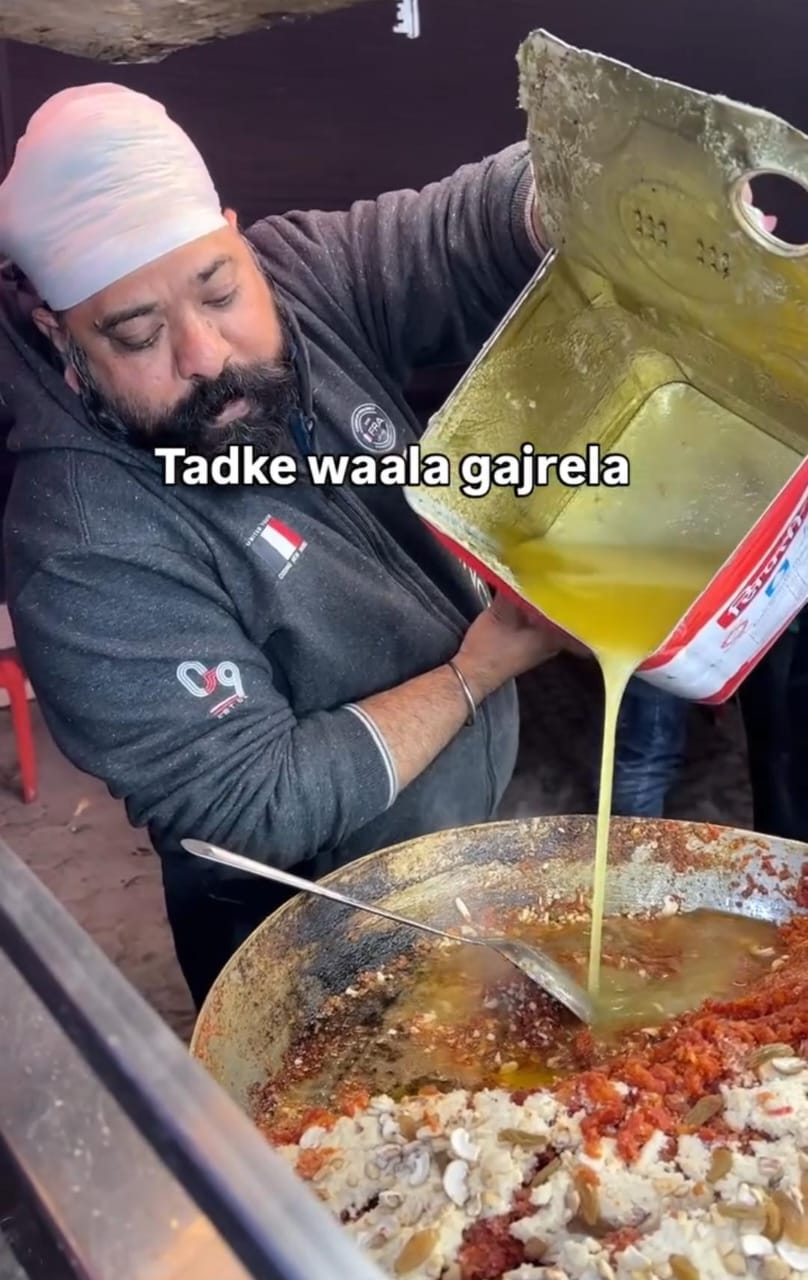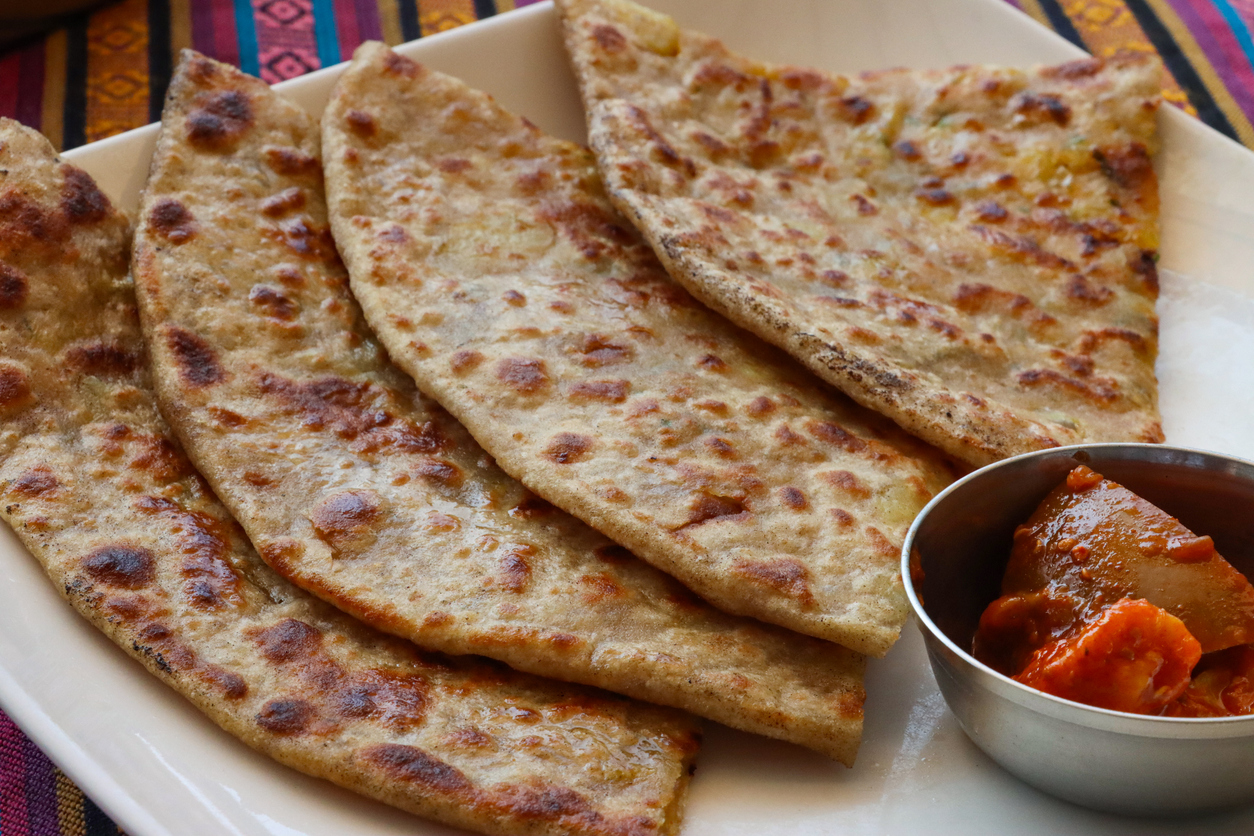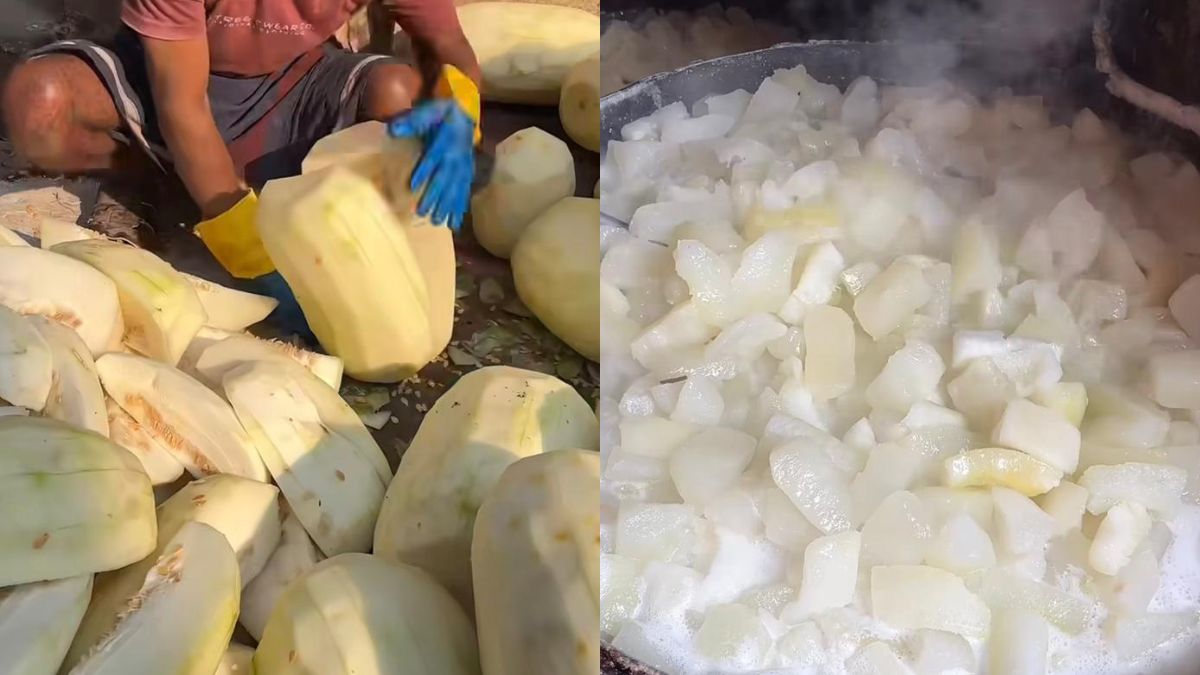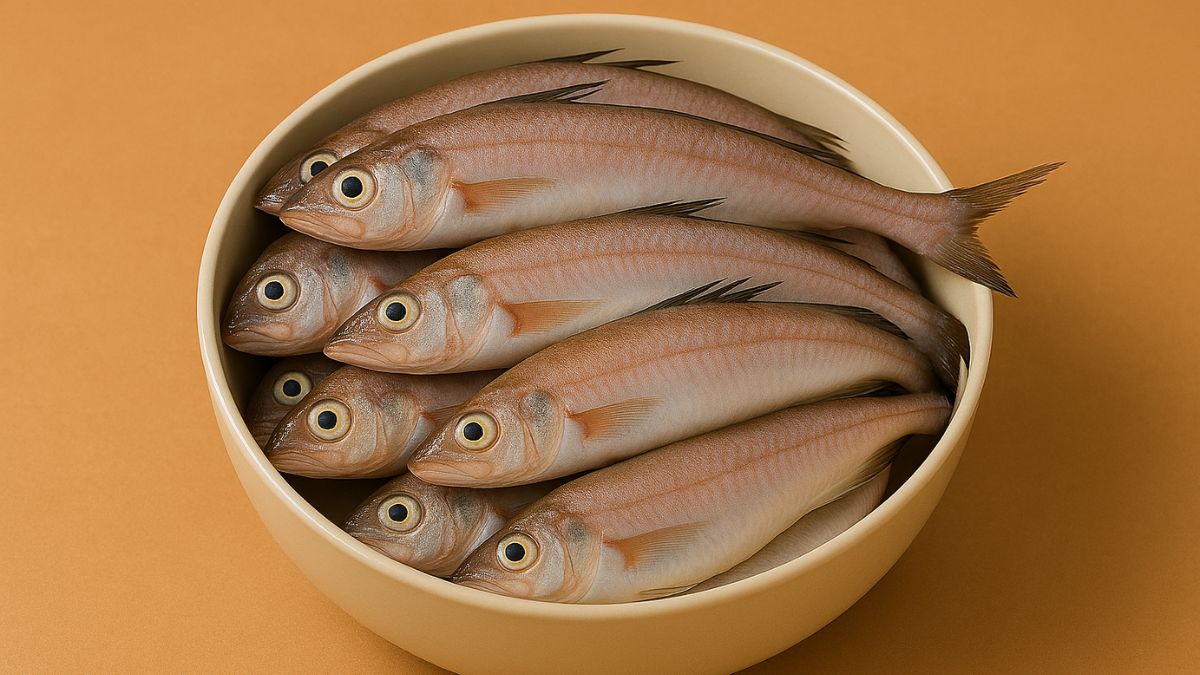"Do you want momos or dim sums?" Does this question stump you every time you are asked in a fancy Asian restaurant? You are not alone. We have grown up eating momos on the streets, so all the dumplings and dim sums are momos for us and all momos are dumplings and dim sums for us. And wait, there's wonton too to add to the confusion. So, to save you from such awkward situations and embarrassments, here we are helping you understand the actual difference between momos, dim sums, dumpling and wontons. Take notes.
Now we all know that momos, dumplings, dim sums and wontons are all stuffed dough cases. But if you look closely and dig deeper, you'll find some glaring differences between all four. Let's take each variety one by one and explain the differences along the way.
Momos, Dumplings, Dim Sums, Wontons - Difference Demystified!
Dim Sums
Let's call dim sums a broader version of the bite-sized flour-filling snack. Dim sums are Cantonese-style steamed bite-sized foods that mean 'touch the heart' in Chinese. They are also known as 'drinking tea' because they are traditionally served with a cup of tea or another beverage. Unlike momos and dumplings, dim sums can be prepared with any flour starch - rice starch, wheat starch, potato starch and corn starch, and that's why they appear more translucent. The filling is always chopped or diced. Dim sums encompass momos and dumplings but are not limited to them. They can be prepared with various ingredients and take forms like lotus-leaf-wrapped sticky rice, and even sweet dishes like egg tarts. Even spring rolls can be called dim sums!
(Also Watch: 3 Exciting Ways To Make Dim Sums)
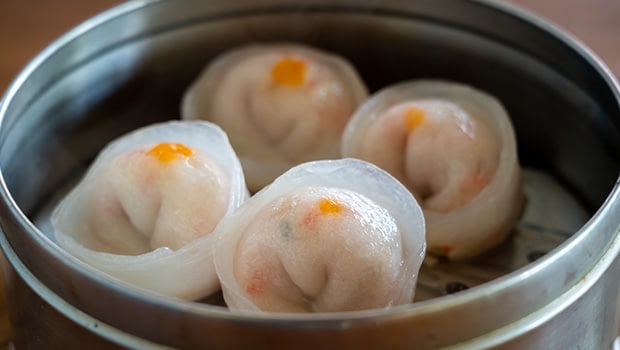
Dim sums are a popular Asian delicacy
Dumplings
Dumplings are also a popular Chinese dish of flour cases but are prepared with only wheat flour, salt and water. Unlike momos and dim sums, dumplings may or may not have a filling. Also, dumplings can be steamed, pan fried, fried, boiled or baked. They usually contain a filling of fish or chicken or pork or vegetables. They have a thinner outer covering as compared to momos and dim sums. So, any flour stuffed food - savoury or sweet - comes under the purview of dumplings. For a better understanding, take Indian gujiya; it can also be called a fried dumpling! Unlike dim sums, dumplings can be served with accompaniments and even soups. Also, dumplings do not necessarily have to be bite-sized, they can take any size and form.
(Also Read: 10 Best Dumpling Recipes)

Dumplings can be made with or without any filling
Momos
Momos, as we all know it, are steamed dumplings made of either wheat flour or refined flour but they always come with a filling. A stark feature that separates momos from dumplings and dim sums is that it is a Tibetan food. In Tibetan cuisine, momo usually has a filling of yak meat, potatoes and cheese. The momos that we get in India have been tweaked to suit our taste preferences. The outer covering of momos is thicker than dumplings and dim sums. Like dumplings, momos can be fried and can be served with sauces and even gravies (read: jhol momos).
(Also Read: 5 Types Of Momos You Can Easily Make At Home)

Momos are a popular street food in India
Wonton:
Wonton originated in the northern parts of China. What makes it different from its counterparts - dumplings and dim sums - is they are square in shape and are usually deep-fried. Although, even dumplings can be fried but wontons are always fried. Also wontons are seasoned with more robust flavours of ginger and garlic. In fact, you can find wonton with just the flavour of these spices. They are crispy and flaky and can be categorised as fried dumplings.
(Also Read: Try This Sausage Wonton Recipe)

Wonton is usually a fried dumpling
So, there it is. All you needed to know about these snacks that we tend to think and talk of interchangeably. We are stating the basic differences between the more common momos, dim sums and dumplings below again for a clear understanding.
What's The Difference Between Momos, Dumplings And Dim Sums:
Dumplings and dim sums belong to Chinese cuisine, but momos belong to Tibetan cuisine.
2. All momos and dumplings can be dim sums but not all dim sums are momos and dumplings.
3. Momos and dim sums are bite-sized snacks, but dumplings can be of any shape and size.
4. Momos and dumplings are flour-based but dim sums can be made from any flour starch, including wheat starch.
5. Momos are usually cylindrical in shape and dim sums are usually cooked in round shape.
6. While dumplings and dim sums are more of an extravagant food option in India, momos are mostly found on the streets.
Next time, you visit a restaurant serving Asian cuisine, you would know exactly what to order!
About Neha GroverLove for reading roused her writing instincts. Neha is guilty of having a deep-set fixation with anything caffeinated. When she is not pouring out her nest of thoughts onto the screen, you can see her reading while sipping on coffee.
